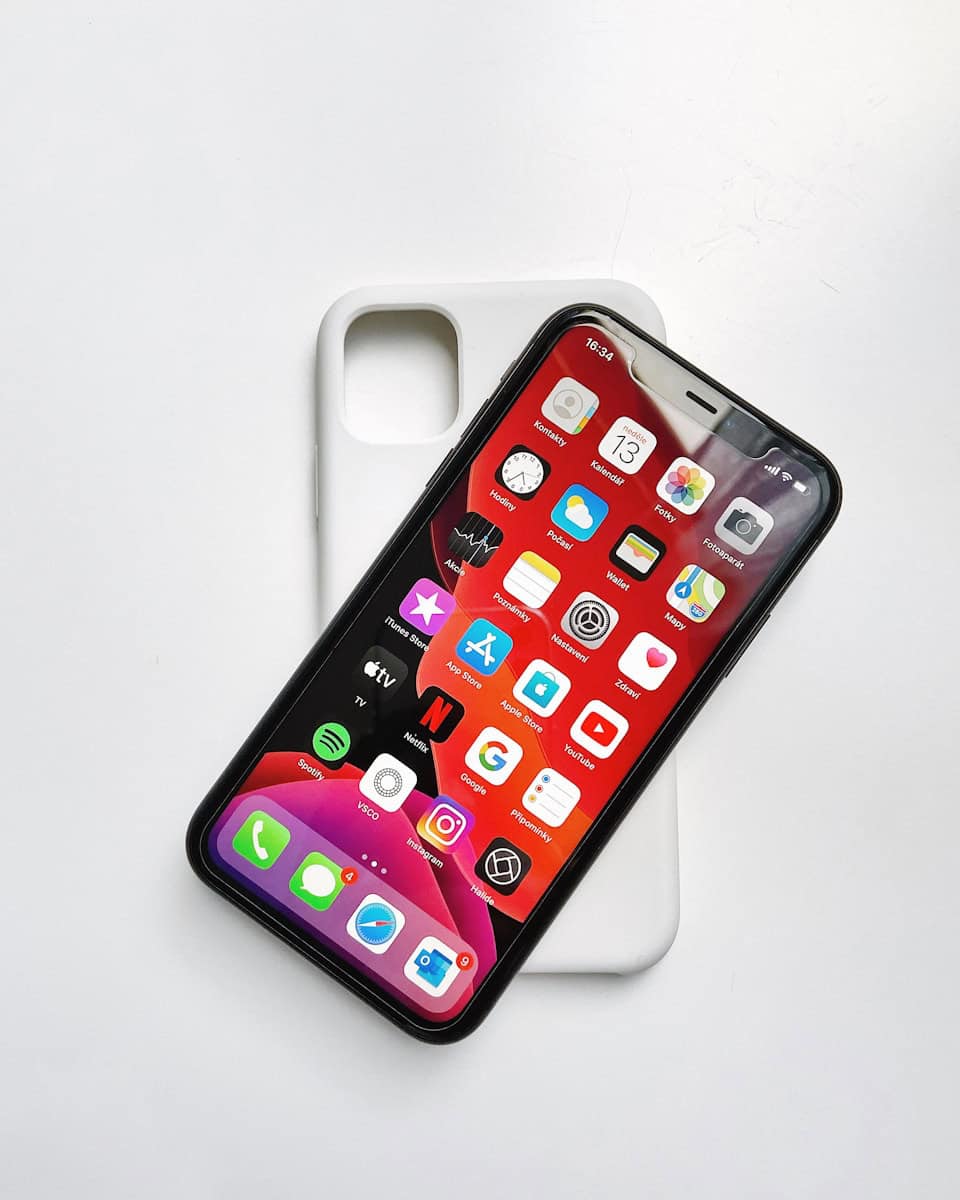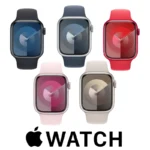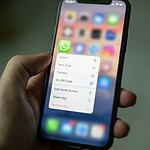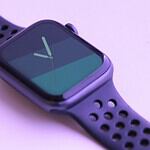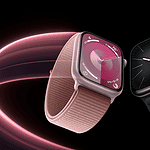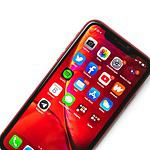The iPhone has become a symbol of innovation and status since its inception in 2007. With each new model, Apple aims to set a higher standard in the smartphone market. Consumers worldwide wait eagerly for the latest version, but amidst the fanfare, certain models stand out in popularity. A recent study revealed that the iPhone 14 Pro and Pro Max are the current favorites, commanding a significant share in sales for 2023.
As technology progresses, the evolution of iPhones reflects the changing demands of users. While the higher-end Pro models attract those seeking advanced features, the iPhone SE appeals to budget-conscious buyers with its performance despite an older design. Different models find their place in the market, shaped by consumer insights and trends.
Market trends also show a shift in the most used devices over time. The iPhone 7, for instance, held a significant proportion of iPhone traffic in 2020. This highlights that while the latest iPhones may be the most sought after at launch, earlier models often remain common among users for years.
Common iPhone Problems and Solutions
Battery Drain
One of the most common complaints among iPhone users is rapid battery drain. This can be caused by a variety of factors, including:
- Background App Refresh: Many apps continue to run in the background, consuming battery life. Go to Settings > General > Background App Refresh and disable it for apps you don’t use frequently.
- Screen Brightness: High screen brightness is a major battery drainer. Lower your brightness or use Auto-Brightness to conserve battery.
- Software Updates: Older iOS versions may not be as optimized for battery life. Keeping your iPhone updated can often improve battery performance.
- Battery Health: Over time, the battery’s capacity to hold a charge decreases. If your battery health is significantly degraded, consider replacing it.
Slow Performance
iPhones are known for their speed, but they can slow down over time. Here’s what you can do:
- Restart: A simple restart can often resolve minor performance issues.
- Free Up Storage: Low storage space can affect performance. Delete unused apps, photos, and videos.
- Clear Cache: Clearing app caches can help. Go to Settings > Safari > Clear History and Website Data.
- Reset Settings: If the problem persists, you can reset all settings (Settings > General > Reset > Reset All Settings). This won’t erase your data but will restore default settings.
Wi-Fi Connectivity Issues
If your iPhone is struggling to connect to Wi-Fi or the connection is unstable, try the following:
- Forget and Reconnect: Go to Settings > Wi-Fi, tap the “i” next to the network you want to forget, then tap “Forget This Network.” Reconnect to the network by entering the password.
- Restart Router: Sometimes, the issue lies with your router. Restart it to see if that resolves the problem.
- Reset Network Settings: Go to Settings > General > Reset > Reset Network Settings. This will reset your Wi-Fi networks and passwords, cellular settings, and VPN and APN settings.
Overheating
iPhones can overheat due to heavy usage, direct sunlight, or faulty hardware. Here’s how to cool it down:
- Avoid Direct Sunlight: Keep your iPhone out of direct sunlight.
- Close Apps: Close demanding apps that you’re not actively using.
- Remove Case: If you’re using a case, remove it to allow better heat dissipation.
- Turn Off: If the overheating persists, turn off your iPhone and let it cool down.
Touchscreen Unresponsive
If your iPhone’s touchscreen becomes unresponsive, try these solutions:
- Clean the Screen: Dirt or debris can interfere with the touchscreen. Clean it with a soft, slightly damp cloth.
- Hard Reset: Press and hold the Sleep/Wake button and the Home button (or the Volume Down button on newer models) simultaneously until the Apple logo appears.
- Restore to Factory Settings: If the problem persists, you can restore your iPhone to factory settings (Settings > General > Reset > Erase All Content and Settings). Make sure to back up your data first.
Common iPhone Issues and Quick Fixes
| Issue | Quick Fix |
|---|---|
| Battery Drain | Disable Background App Refresh, lower screen brightness, update iOS, check battery health. |
| Slow Performance | Restart iPhone, free up storage, clear app cache, reset settings. |
| Wi-Fi Connectivity | Forget and reconnect to network, restart router, reset network settings. |
| Overheating | Avoid direct sunlight, close demanding apps, remove case, turn off iPhone. |
| Touchscreen Unresponsive | Clean the screen, hard reset, restore to factory settings (after backing up data). |
Key Takeaways
- The iPhone 14 Pro and Pro Max are highly popular among consumers.
- iPhones cater to a wide range of users, from tech enthusiasts to budget-conscious buyers.
- Earlier iPhone models remain common in the market long after their release.
iPhone Evolution and Models
Apple’s iPhone has significantly influenced the mobile phone market since its inception by Steve Jobs. This section covers the trajectory of iPhone models, detailing historical progress, highlighting recent advancements, discussing special editions, and comparing iPhones with Android devices.
Historical Overview
The iPhone journey began in 2007 with the original model. Over the years, Apple has released multiple series, each outshining its predecessors in technology and user experience. From the 3GS, which first offered video recording, to the launch of the iPhone 8, these models set industry benchmarks.
Recent Releases and Upgrades
Apple’s recent lineup, including the iPhone 13 and iPhone 14 series, showcases cutting-edge technology. The iPhone 14, for instance, introduced the A15 Bionic chip and 5G capabilities. On an annual cycle, Apple unveils new iPhones, like the expected iPhone 15, rumored to feature an A17 Bionic chip providing even faster CPU performance.
Flagship Models:
- iPhone 14 Pro: A16 Bionic chip, 5G, and improved camera features.
- iPhone 14 Pro Max: Expansive display and longest battery life.
- iPhone 15 Pro Max: Anticipated to be the most powerful model yet.
- iPhone 15 Pro: Expected to include advanced features, like a new CPU and Dynamic Island interface.
Special Editions
Apple occasionally releases special editions, such as the various iPhone SE models. The iPhone SE (2022) balances affordability with up-to-date technology, offering a budget-friendly option. These editions cater to users seeking Apple quality at a lower cost.
Comparison with Android Devices
In terms of market share, iPhones consistently compete with Android devices. iPhones are known for their user-friendly interface, streamlined design, and regular updates like the upcoming iOS 17. Android devices offer diversity in hardware and customizability. Trade-in programs from Apple encourage users to upgrade to newer models, bolstering iPhone sales and loyalty.
Consumer Insights and Market Trends
The smartphone industry is shaped by consumer preferences and advancing technology. This section delves into the specifics of iPhone popularity, demographic preferences, technological innovations, and the ecosystem of accessories.
Popularity and Sales
The iPhone’s market presence is notable, as approximately half of all smartphone owners in the US have an iPhone. In particular, the iPhone 14 Pro and Pro Max have each captured substantial market shares, indicating their high sales volume and consumer preference. Reports indicate these models alone constituted 46% of total sales. Contrary to these newer models, the iPhone SE, known for its affordability, appeals to cost-conscious consumers.
Demographics and Regional Preferences
Regionally, the market share differs. In the United States, the iPhone maintains a strong foothold, while in regions like India and the UK, different models resonate based on factors like price and available features. Demographics such as age also play into preferences, with younger users often seeking advanced features like the latest camera technology.
Technological Advancements and User Experience
Apple’s iPhone line continually incorporates new technologies, such as the A16 Bionic chipset in their newest models, to maintain a competitive edge. Features like Touch ID and improved battery life cater to user convenience, while the introduction of features such as a USB-C port aligns with wider industry standards. Each new iPhone iteration builds upon the previous, offering a refined user experience.
Accessories and Ecosystem
The ecosystem surrounding the iPhone, including AirPods, the Apple Watch, and MagSafe accessories, reinforces brand loyalty and enhances the overall user experience. Consumers often invest in an array of complementary products, including protective cases for various iPhone models like the iPhone 15 and iPhone 14, thus ensuring their devices remain integrated within the Apple ecosystem.

